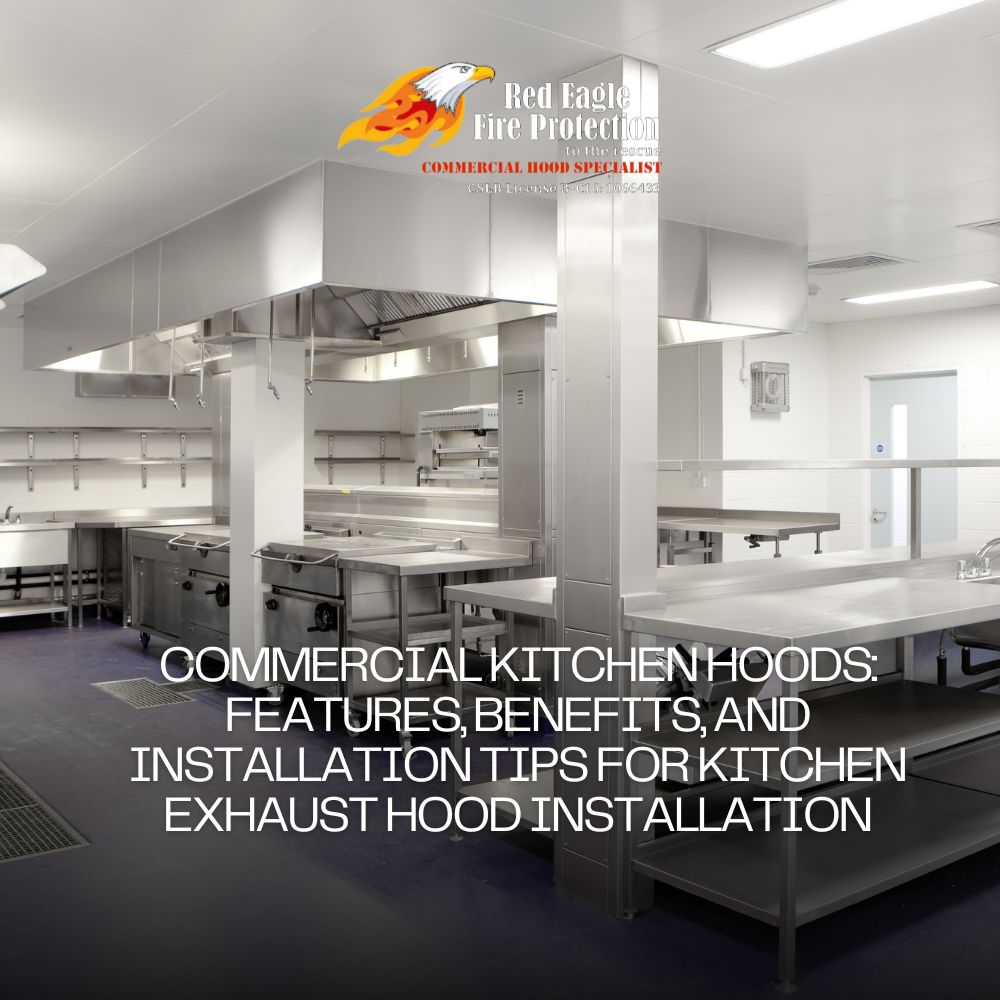Under-cabinet kitchen hoods have become an essential component in modern kitchens, offering both functionality and aesthetic appeal. These hoods are designed to fit seamlessly beneath kitchen cabinets, providing a compact solution for effective ventilation. Understanding the features, benefits, and installation tips for under-cabinet kitchen hoods can help homeowners make informed decisions to enhance their kitchen environments.
Features of Under-Cabinet Kitchen Hoods
1. Space-Saving Design: One of the primary features of under-cabinet kitchen hoods is their compact design. These hoods are engineered to fit snugly under existing cabinetry, making them ideal for kitchens with limited space. This design allows homeowners to maximize their kitchen layout without sacrificing ventilation efficiency.
2. Effective Ventilation: Despite their smaller size, under-cabinet hoods are equipped with powerful ventilation systems. They effectively remove smoke, steam, grease, and cooking odors, maintaining air quality and comfort in the kitchen. High-efficiency fans and filters ensure that the air is quickly and thoroughly cleaned.
3. Versatile Aesthetic Options: Under-cabinet hoods come in various styles and finishes, including stainless steel, black, white, and custom colors. This versatility allows homeowners to choose a hood that complements their kitchen décor, enhancing the overall aesthetic appeal.
4. Advanced Features: Many modern under-cabinet hoods include advanced features such as touch controls, LED lighting, variable fan speeds, and timer functions. These features provide convenience and improve the user experience, making cooking more enjoyable and efficient.
Benefits of Under-Cabinet Kitchen Hoods
1. Improved Air Quality: Under-cabinet hoods play a crucial role in maintaining indoor air quality. By efficiently removing smoke, steam, and cooking odors, they ensure a healthier environment for both the cook and the occupants of the home.
2. Enhanced Safety: Grease and smoke from cooking can accumulate on surfaces and in the air, posing fire hazards and health risks. Under-cabinet hoods help mitigate these risks by capturing and filtering out airborne particles, thus contributing to a safer kitchen.
3. Space Efficiency: The compact design of under-cabinet hoods makes them perfect for small kitchens or kitchens with limited counter space. They allow for more storage and counter space while still providing powerful ventilation.
4. Easy Maintenance: Under-cabinet hoods are generally easy to clean and maintain. Many models feature removable and dishwasher-safe filters, making it simple to keep the hood in optimal working condition. Regular maintenance ensures the hood continues to perform effectively and extends its lifespan.
Installation Tips for Kitchen Exhaust Hood Installation
1. Measure Your Space: Before purchasing an under-cabinet hood, measure the space where it will be installed. Ensure that the hood fits properly under your cabinets and that there is adequate clearance for ventilation. This step is crucial to avoid installation issues and ensure optimal performance.
2. Choose the Right Venting Option: Under-cabinet hoods can be vented in various ways, including through the wall, through the ceiling, or ductless (recirculating) options. Assess your kitchen’s layout and choose the venting option that best suits your needs. Proper venting ensures effective removal of smoke and odors.
3. Professional Installation: While some homeowners may feel confident in their DIY skills, hiring a professional for kitchen exhaust hood installation is often the best choice. Professionals have the expertise to install the hood correctly, ensuring it complies with local building codes and operates efficiently.
4. Secure the Hood Properly: During installation, ensure the hood is securely fastened to the cabinet or wall. Use appropriate mounting hardware and follow the manufacturer’s instructions carefully. A securely installed hood will operate more quietly and efficiently.
5. Connect Electrical Components Safely: Under-cabinet hoods require electrical connections for the fan and lighting. Ensure that the electrical work is done safely and complies with local codes. If in doubt, hire a licensed electrician to handle the wiring.
6. Regular Maintenance: After installation, establish a routine maintenance schedule. Clean the filters regularly, check the fan and motor for any issues, and ensure the ductwork remains clear. Regular maintenance keeps the hood functioning at its best and prolongs its lifespan.
Under-cabinet kitchen hoods are a practical and stylish solution for modern kitchens. Their space-saving design, effective ventilation, and versatile aesthetic options make them a popular choice among homeowners. By understanding their features and benefits and following proper installation tips, you can ensure that your kitchen exhaust hood installation enhances both the functionality and beauty of your kitchen.
READ MORE:
Kitchen Hoods: Stylish Options for Open-Plan Spaces and Kitchen Exhaust Hood Installation

